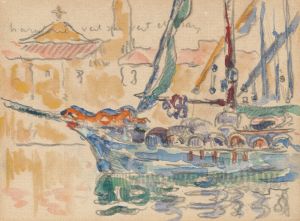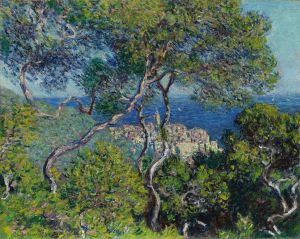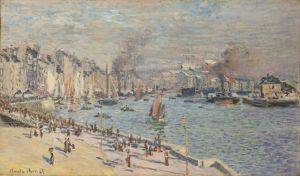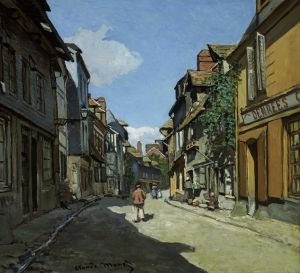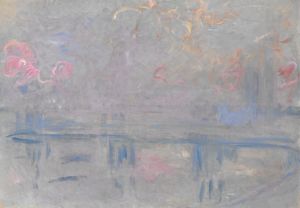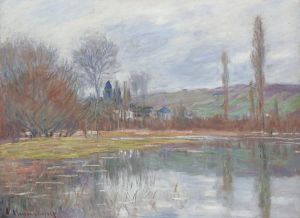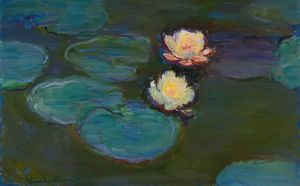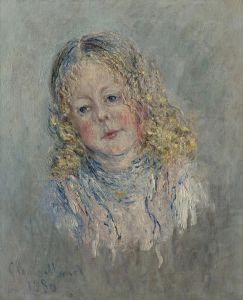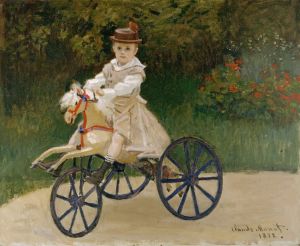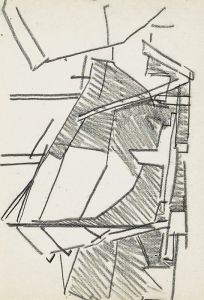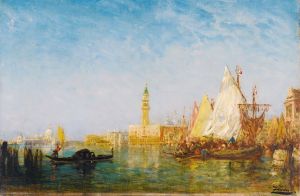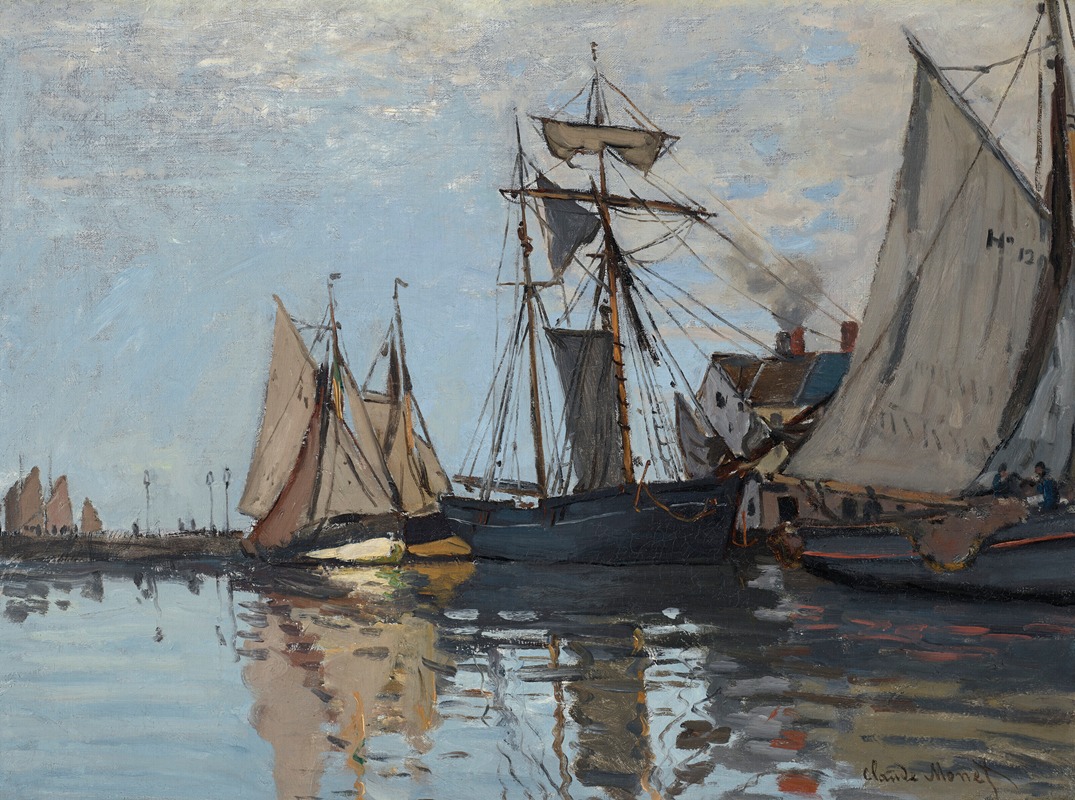
Bateaux dans le port de Honfleur
A hand-painted replica of Claude Monet’s masterpiece Bateaux dans le port de Honfleur, meticulously crafted by professional artists to capture the true essence of the original. Each piece is created with museum-quality canvas and rare mineral pigments, carefully painted by experienced artists with delicate brushstrokes and rich, layered colors to perfectly recreate the texture of the original artwork. Unlike machine-printed reproductions, this hand-painted version brings the painting to life, infused with the artist’s emotions and skill in every stroke. Whether for personal collection or home decoration, it instantly elevates the artistic atmosphere of any space.
"Bateaux dans le port de Honfleur" is a painting by the renowned French Impressionist artist Claude Monet. Created in 1866, this artwork is a testament to Monet's early exploration of light, color, and atmosphere, which would later define his contribution to the Impressionist movement.
Claude Monet, born in 1840, was a leading figure in the Impressionist movement, which sought to capture the fleeting effects of light and color in the natural world. Monet's fascination with these elements is evident in "Bateaux dans le port de Honfleur," where he depicts the bustling port of Honfleur, a town in the Normandy region of France. This location was significant for Monet, as it was a popular destination for artists of the time, offering picturesque scenes and a vibrant atmosphere.
The painting showcases Monet's developing style, characterized by loose brushwork and a focus on the effects of light on the water and boats in the harbor. The composition features several boats docked in the port, with their reflections shimmering in the water. Monet's use of color is particularly notable; he employs a palette of blues, greens, and browns to convey the serene yet dynamic environment of the port.
"Bateaux dans le port de Honfleur" is an early example of Monet's interest in capturing the essence of a scene rather than focusing on precise details. This approach would become a hallmark of Impressionism, as artists sought to evoke the sensory experience of a moment rather than create a realistic representation. Monet's ability to convey the atmosphere of Honfleur's port through his innovative use of color and brushwork is a testament to his burgeoning talent during this period.
The painting is also significant in the context of Monet's broader body of work. Throughout his career, Monet frequently returned to the theme of water and its interaction with light, as seen in his later series of paintings depicting water lilies and the Thames River. "Bateaux dans le port de Honfleur" can be viewed as a precursor to these later works, illustrating Monet's early experimentation with these themes.
Monet's time in Honfleur was influential in shaping his artistic direction. The town's vibrant artistic community, which included notable figures such as Eugène Boudin and Johan Barthold Jongkind, played a crucial role in Monet's development as an artist. Boudin, in particular, was instrumental in encouraging Monet to paint en plein air, a practice that became central to the Impressionist movement.
Today, "Bateaux dans le port de Honfleur" is appreciated not only for its aesthetic qualities but also for its historical significance within Monet's oeuvre. It provides insight into the early stages of his artistic journey and the development of Impressionism as a revolutionary movement in the art world. The painting is held in high regard by art historians and enthusiasts alike, serving as a valuable piece of the puzzle in understanding Monet's enduring legacy.





